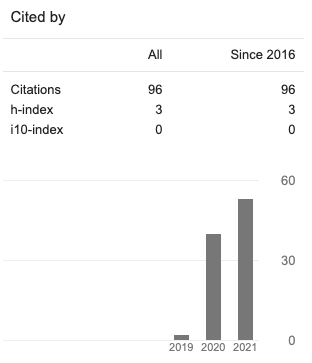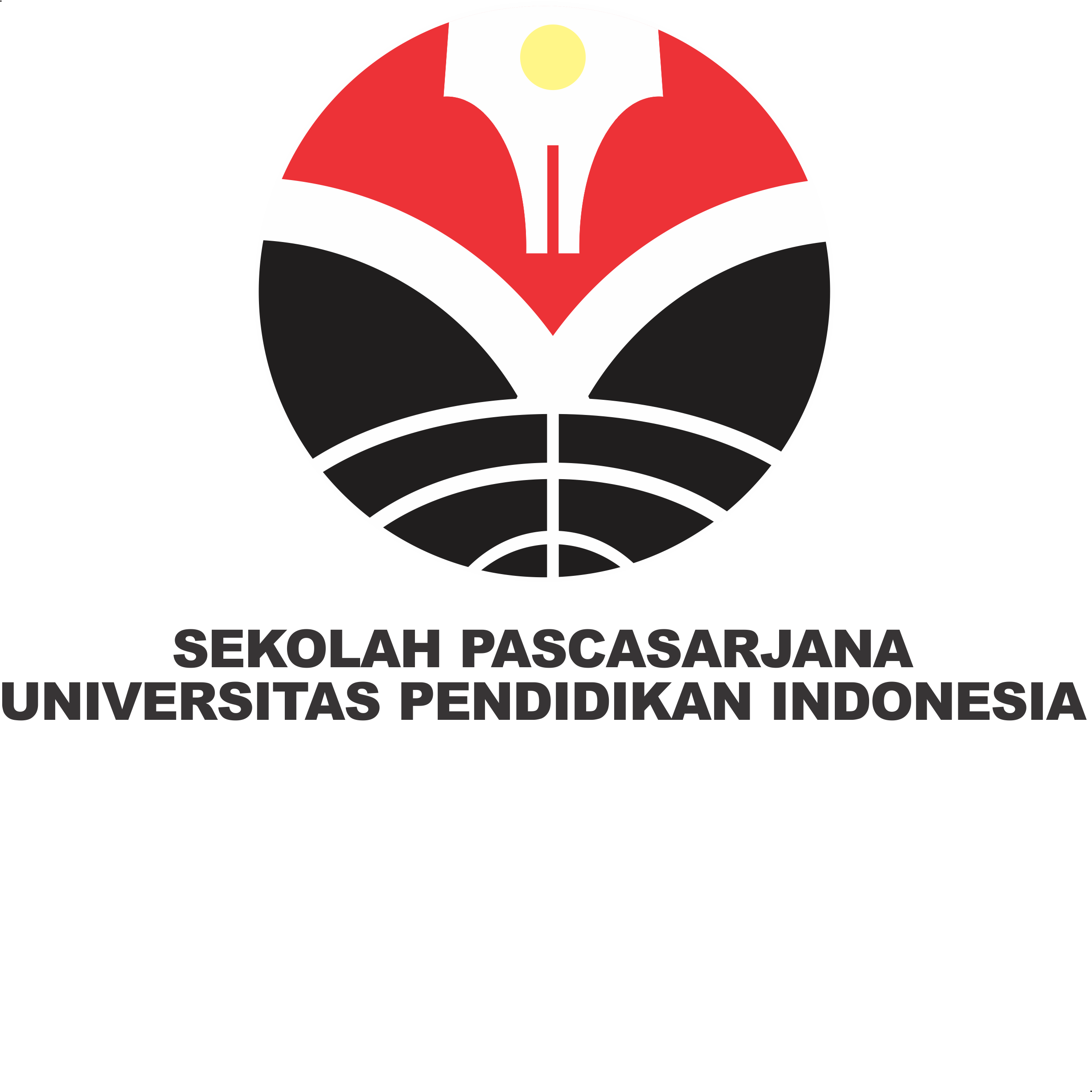Application of E-Learning Based on Constructivism Approach to Understanding of Student Concept in The Study of Social Students
Abstract
This research used qualitative descriptive method. Theaims of this research is to find out the application of an E-learning-based constructivism approach to the understanding of student concepts in Social Studies Subjects. The subjects of this study were the students of second semester B of PGSD FKIP UNPAK which totaling 26 students. Data collection techniques are through observation, interviews and documentation. Data analysis techniques is through qualitative descriptives. Based on the results of data analysis, the results of the application of the constructivism approach to orientation for results are 100% carried out, 100% elasticity, 100% restructuring, used many ideas 100%, 98% review. Whereas for understanding the concept the results obtained scores in the range 0-20 by 1 student with a percentage of 4% with very poor interpretation, range 21-40 by 1 student with a percentage of 4% with poor interpretation, range 41-60 by 2 students with a percentage 8% was good interpretation, range 61-80 as many as 5 students with a percentage of 19% was good interpretation, range 81-100 as many as 17 students with a percentage of 65% was very good interpretation. From the above research, it can be concluded that the application of the e-learning-based constructivism approach to the understanding of student concepts inSocial Studies courses was very good















